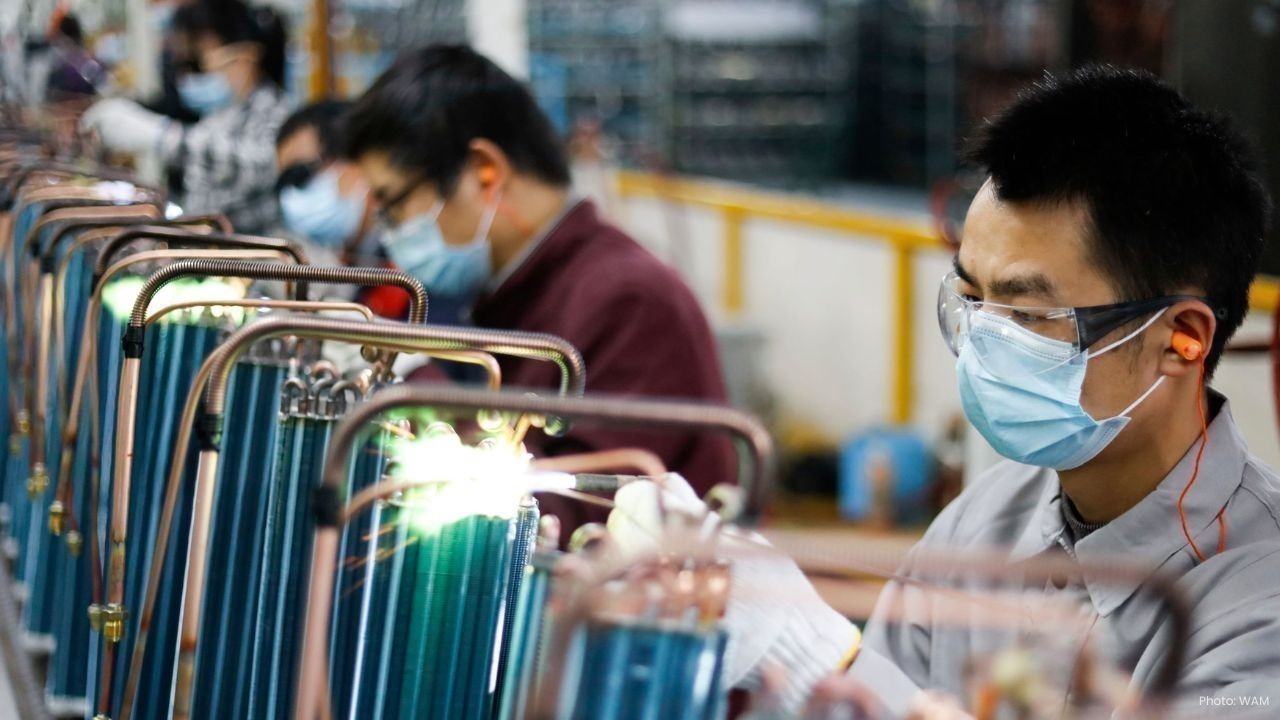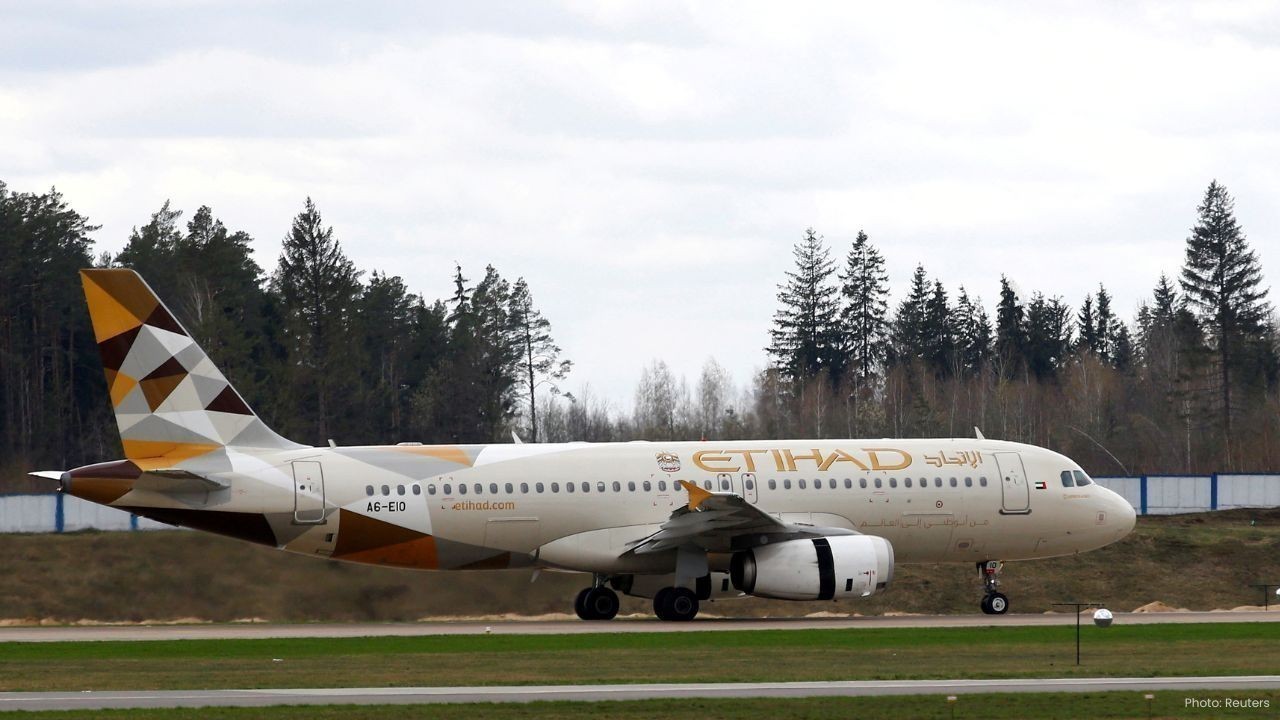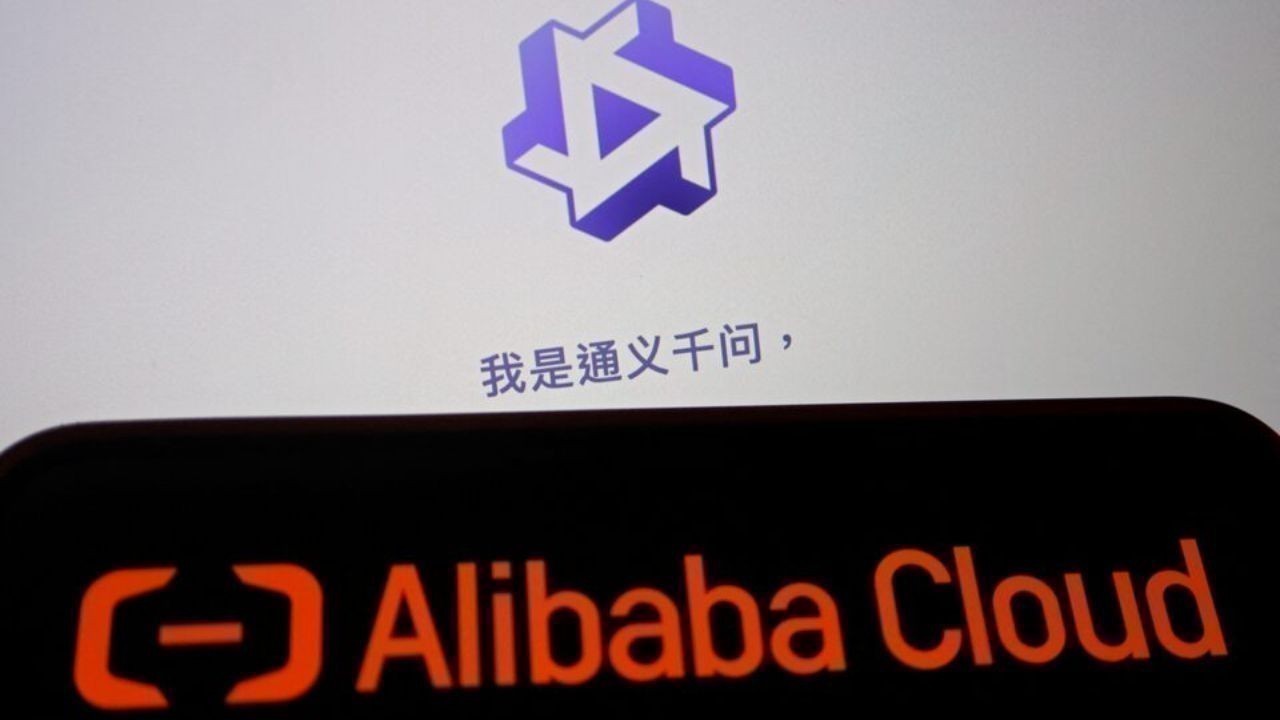
Post by : Layla Badr
China’s economic slowdown became more evident in August, as key economic indicators reported by the National Bureau of Statistics fell below expectations. The figures show that both consumer spending and industrial activity are losing momentum, while investment growth is weakening. This trend raises questions about the pace of China’s economic recovery and its potential impact on the global economy.
Retail Sales Growth Disappoints
Retail sales in China grew by 3.4 percent in August compared to the same month last year. While growth remained positive, it missed analysts’ expectations, which had forecast a 3.9 percent increase. The slowdown is also visible compared to July, when retail sales had risen 3.7 percent.
Stay informed with the latest news. Follow DXB News Network on WhatsApp Channel
Retail sales are an important indicator of consumer confidence and economic health. When retail sales grow, it usually means that people are spending money on goods and services, which supports businesses and employment. The slower growth in August suggests that Chinese consumers are becoming more cautious with their spending, possibly due to rising prices, uncertainty about the economy, or lower disposable income.
Experts note that this slowdown in retail sales could affect businesses that rely heavily on consumer spending, including retail stores, restaurants, and entertainment venues. Lower consumer demand can create a ripple effect, slowing production and investment in various sectors.
Industrial Output Growth Slows
Industrial output, which measures the total production of factories, mines, and utilities, also showed signs of weakness in August. Industrial output grew by 5.2 percent compared to August last year, a decline from July’s 5.7 percent growth. This marks the weakest growth in industrial output since August 2024.
Industrial output is a key indicator of China’s manufacturing strength and overall economic activity. A slowdown in industrial production suggests that factories are producing less, which could be due to lower demand both domestically and internationally. Manufacturing and industrial activity are crucial for China’s economy because they provide jobs for millions of workers and support export growth.
Several factors could be contributing to the slowdown. Global demand for Chinese products may be weaker due to economic challenges in other countries. Additionally, rising costs of raw materials, energy, and labor may be affecting factory profits and production decisions. The slowdown in industrial output also hints that businesses might be cautious about investing in new projects or hiring additional staff.
Fixed-Asset Investment Weakens
Fixed-asset investment, which includes spending on infrastructure, factories, and real estate, grew only 0.5 percent in the year-to-date period as of August. This is a sharp slowdown from the 1.6 percent growth seen from January to July and falls short of economists’ forecasts of 1.4 percent.
Investment in fixed assets is critical for long-term economic growth. It supports the construction of new buildings, roads, and factories, and helps create jobs. The weak growth in investment suggests that businesses and local governments may be hesitant to spend on large projects, possibly due to economic uncertainty or tighter financing conditions.
Experts warn that a slowdown in fixed-asset investment can have long-term consequences. If fewer new factories, infrastructure projects, and real estate developments are undertaken, it could reduce job opportunities, limit future production capacity, and slow overall economic growth in the coming years.
Possible Causes of the Slowdown
Several factors may be contributing to the economic slowdown in China:
Weak Consumer Spending: The slower retail sales growth indicates that consumers are spending cautiously. High living costs, job concerns, or uncertainty about the future may reduce consumer confidence.
Global Economic Challenges: Demand for Chinese exports may be slowing due to weaker growth in major trading partners, including the United States and Europe. Slower exports can directly affect industrial output and overall economic growth.
Debt and Financing Issues: Some businesses and local governments may face difficulties in borrowing or financing projects, which can limit investment in new infrastructure and factories.
Market Uncertainty: Ongoing economic uncertainties, including fluctuations in property markets and potential regulatory changes, may cause businesses to delay investment decisions.
Implications for the Chinese Economy
The slowdown in August suggests that China’s economic recovery is fragile and uneven. While the economy is still growing, the pace is slower than expected, and key sectors like retail, manufacturing, and investment are not performing strongly.
Slower growth can have several consequences:
Employment Pressure: Reduced production and investment may lead to fewer job opportunities, particularly in manufacturing and construction sectors.
Business Confidence: Businesses may delay expansion plans or reduce hiring, further slowing economic momentum.
Global Impact: China is a major player in the global economy. Slower growth in China can affect global trade, commodity prices, and markets worldwide.
Government Response and Measures
In response to the slowdown, the Chinese government may consider measures to stimulate the economy. Potential steps include:
Monetary Policies: Lowering interest rates or providing incentives for lending could encourage businesses and consumers to spend and invest more.
Fiscal Support: Increased government spending on infrastructure projects could boost fixed-asset investment and create jobs.
Consumer Incentives: Programs to increase household income or reduce taxes could encourage consumer spending and retail growth.
Economists are closely watching the government’s response, as timely and effective measures could help stabilize growth and restore confidence in the economy.
China’s economic slowdown in August, marked by weaker retail sales, industrial output, and fixed-asset investment, signals that the country’s recovery faces challenges. The slower growth reflects cautious consumer behavior, weaker industrial activity, and hesitancy in investment.
While the economy continues to grow, the pace is slower than expected, and policymakers may need to take steps to boost spending, support businesses, and stimulate investment. The performance of China’s economy in the coming months will be critical not only for the country but also for the global economy, given China’s role as a major driver of growth worldwide.
The August data serves as a reminder that economic recovery is not always smooth, and both domestic and international factors influence the pace and stability of growth. Observers will be watching closely for signs of improvement or further slowdown in the months ahead.

The Rise of Sustainable Fashion in the UAE Eco Friendly Trends Shaping 2025
Explore how sustainable fashion is transforming the UAE with eco friendly trends innovative designs

The Hottest Fashion Trends of 2025 Bold Colors Sustainable Styles & Dubai Street Fashion
Explore 2025 fashion trends in Dubai bold colors sustainable styles oversized outfits vintage lo

Etihad Airways Flies Record 2 Million Passengers in August 2025
Etihad Airways carried over 2 million passengers in August, marking a historic milestone with 22% gr

ADNOC Launches AI-Powered Smart Port Solution in UAE
ADNOC L&S deploys AI smart port solution to boost efficiency, cut costs, reduce vessel time, and enh

Oppo F31, F31 Pro, F31 Pro+ 5G Unveiled in India With Huge Battery
Oppo launches F31 series in India, featuring 7,000mAh batteries, 50MP cameras, and multiple RAM/stor

Karan Johar Moves Delhi HC to Protect His Personality Rights
Karan Johar seeks court protection against misuse of his name, image, and persona, following similar

Sheikh Mohamed bin Zayed Revamps Erth Zayed Philanthropies Board
UAE President Sheikh Mohamed bin Zayed restructures Erth Zayed Philanthropies Board to strengthen hu

The Rise of Sustainable Fashion in the UAE Eco Friendly Trends Shaping 2025
Explore how sustainable fashion is transforming the UAE with eco friendly trends innovative designs

The Hottest Fashion Trends of 2025 Bold Colors Sustainable Styles & Dubai Street Fashion
Explore 2025 fashion trends in Dubai bold colors sustainable styles oversized outfits vintage lo

How AI Is Transforming Banking From Smarter Risk Models to Virtual Financial Advisors
Explore how AI is reshaping banking with smarter risk models virtual advisors personalized service

From $6.5 Trillion to $7.5 Trillion The New Era of Global Banking Growth
Global banking revenues set to rise from $6.5T in 2023 to $7.5T by 2027 driven by digital growth i

Global Banking 2025 A New Era of Technology Trust and Transformation
Discover how global banking in 2025 is being transformed by AI digital finance green banking and

Alibaba Unveils Smaller AI Model Matching Larger Ones Efficiently
Alibaba launches a new AI model that is smaller, faster, and cheaper but performs as well as larger

Fujairah Hosts Sixth Round of Khaled Bin Mohamed Jiu-Jitsu Championship
Over 1,600 young athletes compete in Fujairah as Baniyas Club tops rankings at the sixth round of Kh

UAE Tops Global Competitiveness Rankings and Shows Strong Growth
UAE ranks among the world’s top nations in competitiveness, innovation, health, and safety, leading